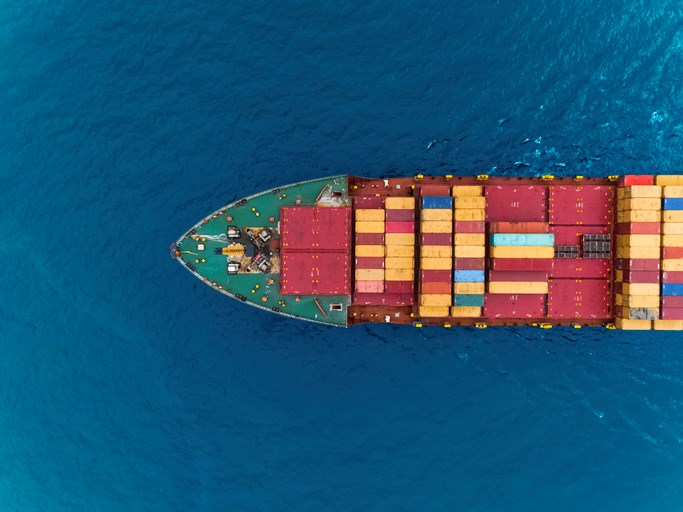An online dashboard using past shipping mishaps to help mariners assess the likelihood of future risks is being touted as a boon for maritime commerce in Canada, particularly in cases involving hazardous cargoes such as oil.
“By learning from previous events, we’ll be able to better assess risk and help ensure safer, more responsible marine shipping,” said Paul Blomerus, executive director of Clear Seas, which created the utility.
To create its marine incidents and accidents dashboard, Clear Seas pulled together more than 140,000 reports of vessels involved in marine accidents, which were filtered to create a spatial data set of cargo ships, tugboats, cruise ships and ferries involved in accidents between January 2009 and December 2018.
The dashboard focuses on accidents involving commercial shipping. Fishing boats, government vessels and pleasure craft are not included.
Of the 5,220 vessels involved in mishaps that occurred in this period, 157 were considered serious accidents.
The development team gathered data from the Transportation Safety Board of Canada, the U.S. Coast Guard and the U.S. National Transportation Safety Board.
It does not include data from waters shared with Greenland or the French possession of Saint Pierre and Miquelon.
Blomerus said users ranging from members of the public to marine industry risk analysts can access the data to understand trends in any area of interest.
Clear Seas is a non-profit, independent research centre funded by Canada’s provincial and federal governments as well as industry. It provides impartial information on marine shipping in Canada to policy makers and the public.



